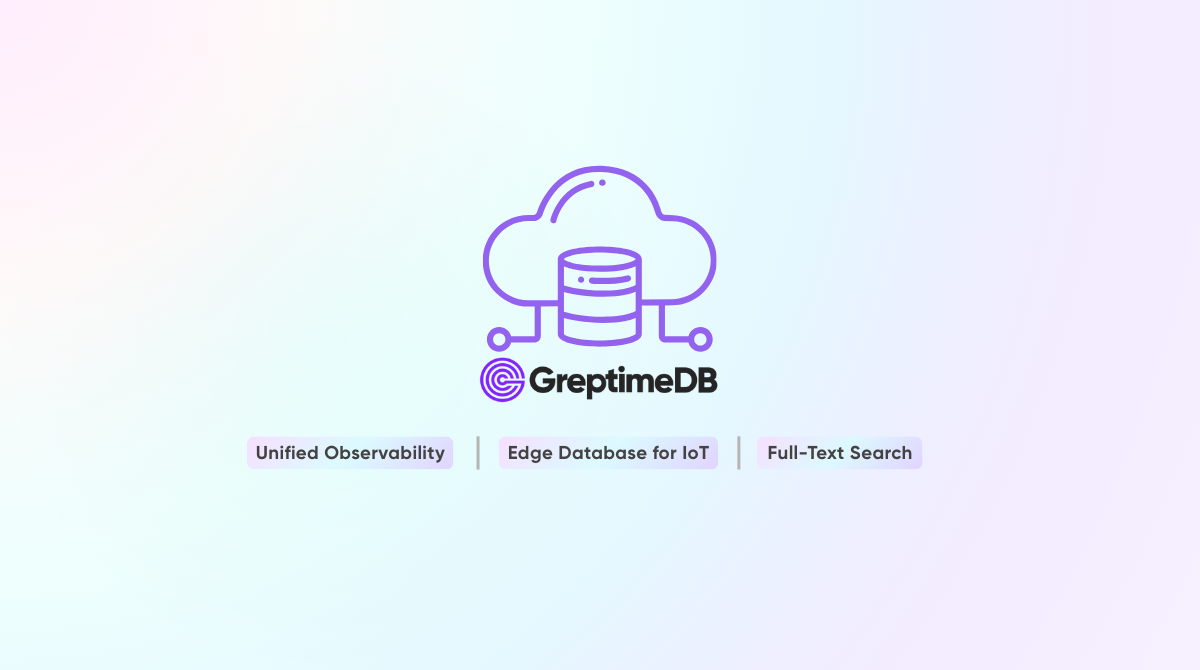
💬 Slack | 🐦 Twitter | 💼 LinkedIn
Let’s face it—most modern systems spit out a tidal wave of metrics, logs, and traces. Without a rock-solid observability database to wrangle all that data, diagnosing issues or optimizing systems becomes a guessing game. Enter specialized solutions like GreptimeDB, designed to turn raw data streams into actionable insights—fast.
Why Robust Observability Databases Matter
When every millisecond counts, the ability to capture and query a timestamp across millions (or billions) of events is non-negotiable. Classic SQL engines just can't keep up when high cardinality tags meet petabytes of time-series data. That's where the right observability platform becomes a game-changer.
Unifies metrics, logs, and traces into a single low-latency pipeline.
Accelerates root cause analysis with blazing-fast SQL queries on timestamped data.
Supports cost-effective storage, so observability doesn’t break the bank.
Key Practices for Modeling Observability Data
Get Your Schema Right: Cardinality & Role Awareness
Before you create your first table, pause and ask—is this a high- or low-cardinality column? For example, use low-cardinality tags (like service_region) as primary keys and high-cardinality tags (like trace_id) with skipping indexes. GreptimeDB shines because it brings a data modeling playbook built around real-world observability needs.
Choosing the Right Indexing Strategy
Inverted Index: Best for fast filtering on low-cardinality fields.
Skipping Index: Ideal for pinpoint lookups (think billions of unique device IDs).
Full-Text Index: Supercharges keyword search for logs.
The winning trick? Don’t over-index. Index only what's critical to performance—each index comes with a small write overhead.
Database Partitioning: Scaling Beyond Single-Node Limits
GreptimeDB supports partitioning by logical columns like region or device type. This keeps query times low and avoids hot partitions as your observability platform scales, especially important when dealing with cloud-native infrastructure.
Wide Table or Multi-Table?
Use the "wide table" approach for metrics collected together (CPU, RAM, disk) to gain better compression and simpler queries. Only break out separate tables if metrics have radically different collection frequencies or access controls.
Real-World Scenarios and Advanced Tips
API Monitoring at Scale
One cloud client used a schema like this:
CREATE TABLE api_metrics (
region STRING,
service STRING,
endpoint STRING,
status_code INT INVERTED INDEX,
p95_latency DOUBLE,
error_count INT,
ts TIMESTAMP,
PRIMARY KEY(region, service, endpoint),
TIME INDEX(ts)
) PARTITION ON COLUMNS (region);With multi-level low-cardinality keys, they achieved both speed and simplicity—filtering errors by endpoint and region in seconds, not minutes.
IoT Device Fleet Monitoring
For a company ingesting hundreds of thousands of telemetry streams, device_id gets a skipping index, not a key, avoiding bottlenecks. Partitioning by device type made it easy to tailor retention and scale horizontally.
Frequently Searched: What’s on the GreptimeDB Roadmap?
Support for distributed multi-cloud clusters out-of-the-box
Even richer pipeline preprocessing for unstructured data
Upcoming integrations with more tracing formats and AI-powered anomaly detection
Always check the latest documentation for new features as the observability 2.0 platform evolves.
Conclusion: Ready to Tame Your Observability Data?
Getting data modeling and indexing right is the difference between firefighting and true operational awareness. GreptimeDB—with a solid design for high-throughput, low-cost observability—puts control at your fingertips.
Try GreptimeCloud for a hands-on experience—no deployment required.
Join the community to get architecture tips, case studies, and early feature previews.
